Volume of Fluid (VOF), Package for Beginners, Part 2, 10 Learning Products
This training package includes 10 practical Multi-phase Volume of Fluid (VOF) exercises using ANSYS Fluent software.
Click on Add To Cart and obtain the Geometry file, Mesh file, and a Comprehensive ANSYS Fluent Training Video.To Order Your Project or benefit from a CFD consultation, contact our experts via email ([email protected]), online support tab, or WhatsApp at +44 7443 197273.
There are some Free Products to check our service quality.
If you want the training video in another language instead of English, ask it via [email protected] after you buy the product.
Description
Volume Of Fluid (VOF) Multi-phase ANSYS Fluent CFD Simulation Training Package for BEGINNER Users (Part-II)
This training package includes 10 practical Multi-phase Volume of Fluid (VOF) exercises using ANSYS Fluent software. MR CFD suggests this package for BEGINNER users who tends to learn the simulation process of multi-phase problems without any strong background.
Spillways
Suppose any obstacle is placed on the path of the fluid flow. In that case, it causes the fluid level to rise behind it and increase its velocity, which eventually leads to fluid overflowing over the obstacle. These obstacles are regarded as spillways. Spillways have different uses depending on their shape and are mostly used in civil engineering
Project number 1 is an ogee spillway CFD simulation. Since the channel uses two different flows, the two-phase flow model is used. The two-phase VOF (volume of fluid) model is used in this simulation so that the water is defined as the primary phase, and the air is defined as the secondary phase. The purpose of the present study is to investigate water flow behavior after passing through an ogee spillway in the presence of airflow.
In project number 2, a two-dimensional simulation of a stepped spillway is presented. The volume of fluid (VOF) model is activated for two phases of air and water and the standard k-e model with the use of standard wall function is exploited for fluid flow analysis.
In project number 3, the two-phase flow of water and air flowing over an ogee spillway is simulated. The water will enter the computational domain with a mass flow rate of 60 tons/s, and it flows over the spillway. The standard k-epsilon model is exploited to solve fluid flow equations, and the VOF multiphase model is used to investigate the motion and interaction of the existing phases.
FREE SURFACE (Water Flow)
In project number 4, the two-phase flow inside an open channel with roughness in its middle section is simulated. The water flow enters the channel with a mass flow rate of 32 Kg/s. The k-epsilon equation with scalable wall functions is used to solve and analyze fluid flow.
Project number 5 simulates a counterflow in a canal. This work aims to investigate the type of fluid flow behavior when exposed to a flow in the opposite direction. In this simulation, water flows from the canal into a rectangular section horizontally. At the same time, another flow of water from a pipe lying on the floor of the same canal, horizontally but in the opposite direction of the initial flow into the canal.
In project number 6, the separation of laminar fluid flow from a surface that is easily seen in a natural waterfall is investigated and analyzed. This separation occurs only due to gravity and the difference in height between the two surfaces. Water enters the fluid domain with a mass flow of 20 Kg/s and falls when the lower bed is finished, converting into a waterfall. K-epsilon and implicit volume of fluid (VOF) models are activated to analyze this flow.
In project number 7, a two-phase flow of air and water around a bridge’s pillars is investigated. The simulation is done using the VOF model for the two phases of air and water. The standard k-e model using standard wall functions is also applied for solving the turbulent flow.
Sloshing (Volume of Fluid)
In project number 8, the transitional motion of a cube containing water and air is investigated. The interaction of water and air inside the cube is modeled using the Volume of Fluid (VOF) multi-phase approach. Cube accelerates in the X direction with an acceleration equal to 5 m/s2, while gravitational acceleration affects the multi-phase entity in the –Y direction. This project investigates the simplified sloshing effect in fluid containers where a situation similar to the one studied here can occur due to the acceleration of the carrier vehicle.
Injector
Project number 9 is going to simulate an injector. The Multi-Phase model, which consists of air and water flows, is used. Water flows through three curved ducts into a reservoir that only has airflow inside its space. The curved structure of the ducts and the cone-shaped state on the air-filled tank distributes the water flow vortices into the injector, thereby discharging the water out of the surroundings of the cylindrical chamber (near the chamber wall) of the injector.
Cohesion & Adhesion (Volume of Fluid)
Project number 10 simulates the effect of cohesion and adhesion on a fluid. In this project, it is assumed that there is a T-shaped computational domain; So that the fluid flow enters from the bottom and exits from the top. Also, since this simulation is necessary to define two air and water phases, the multi-phase flow model is used. The multi-phase model used in this simulation is the VOF model; Because this model can distinguish the interface between two fluids.
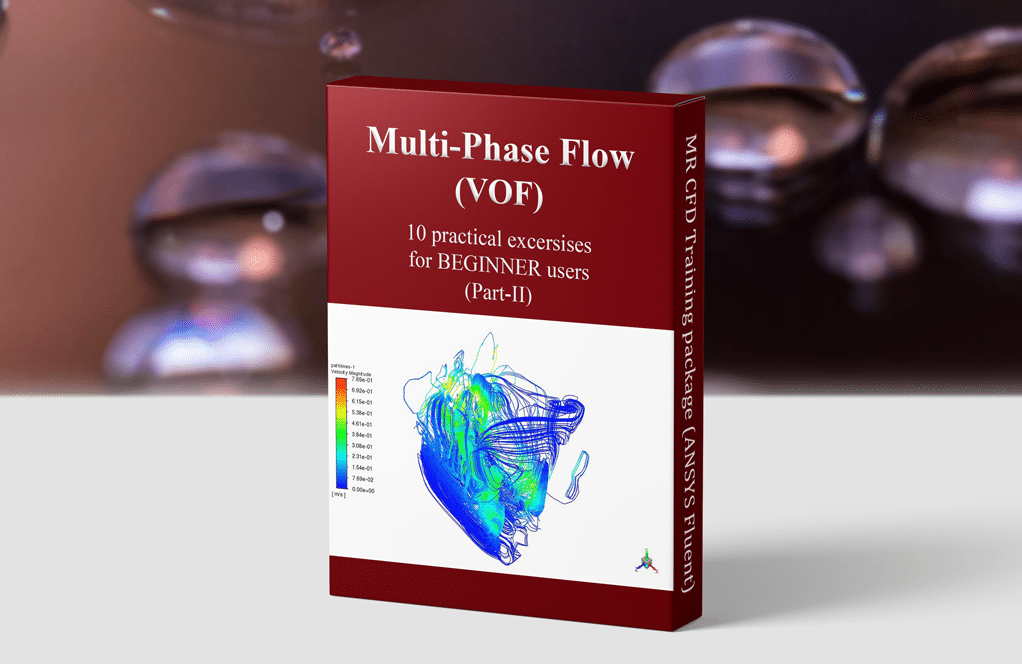
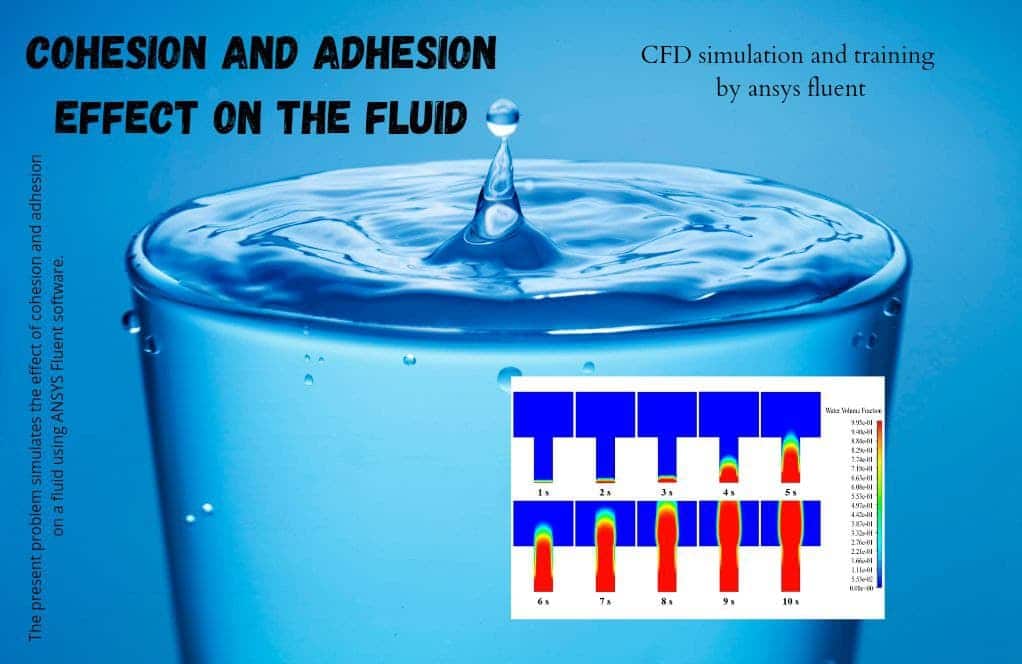
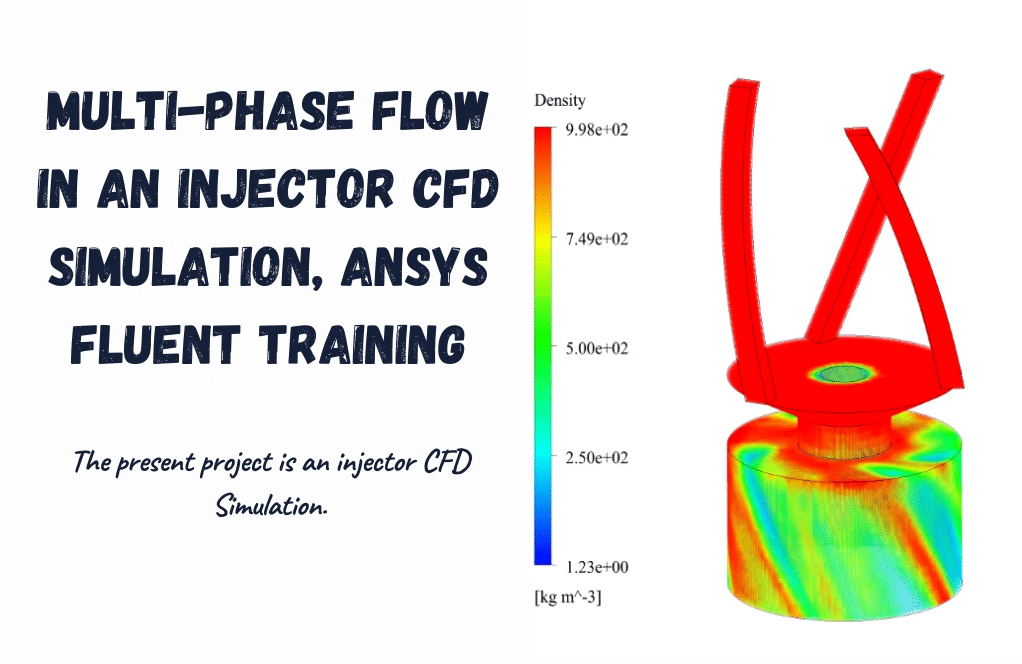
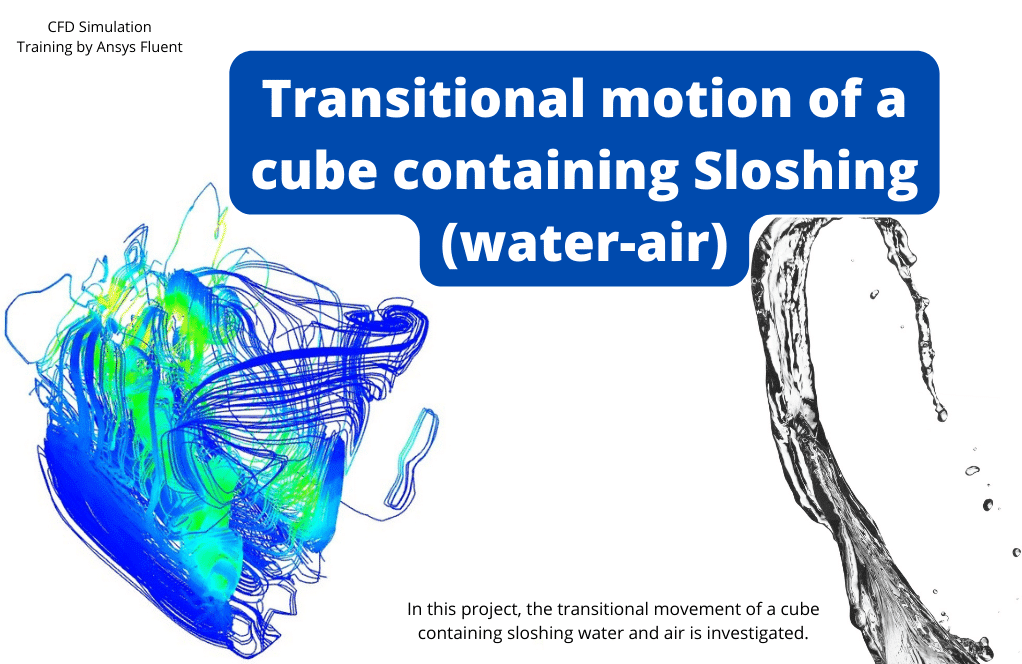
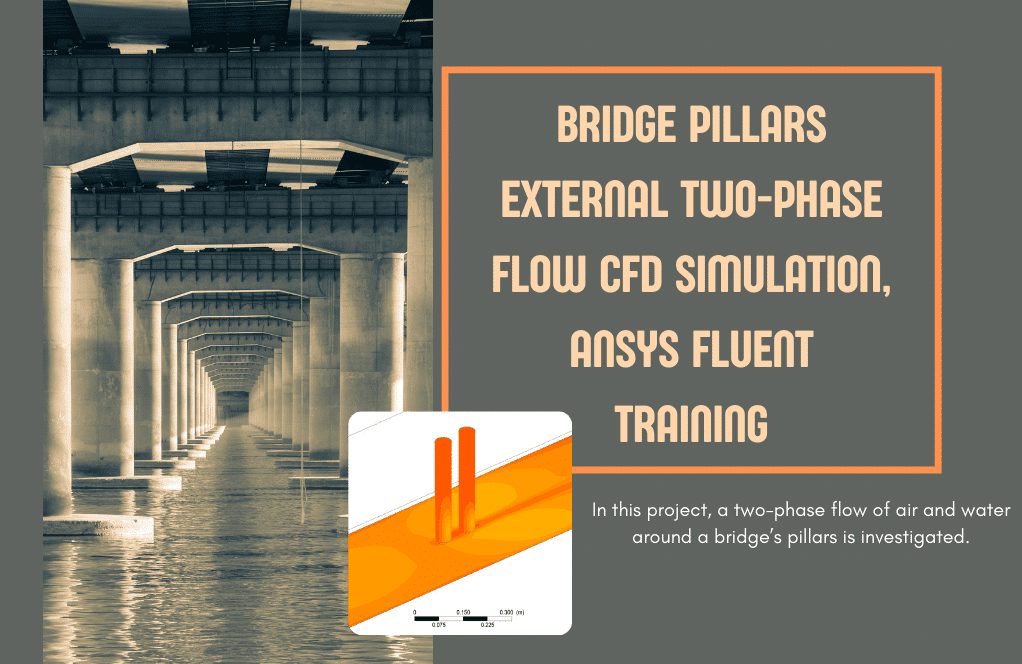
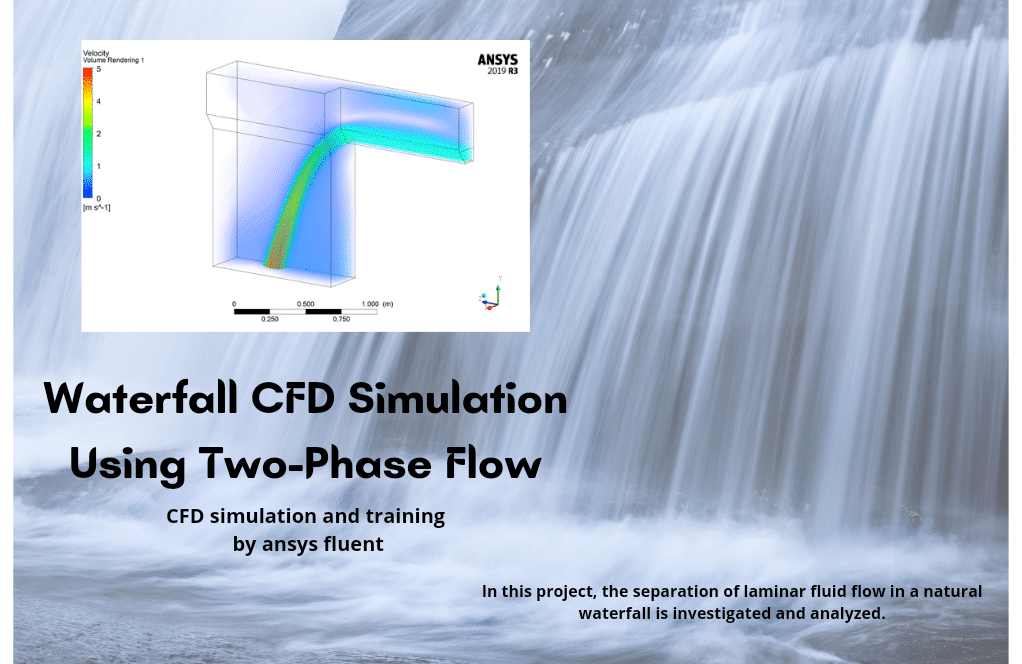







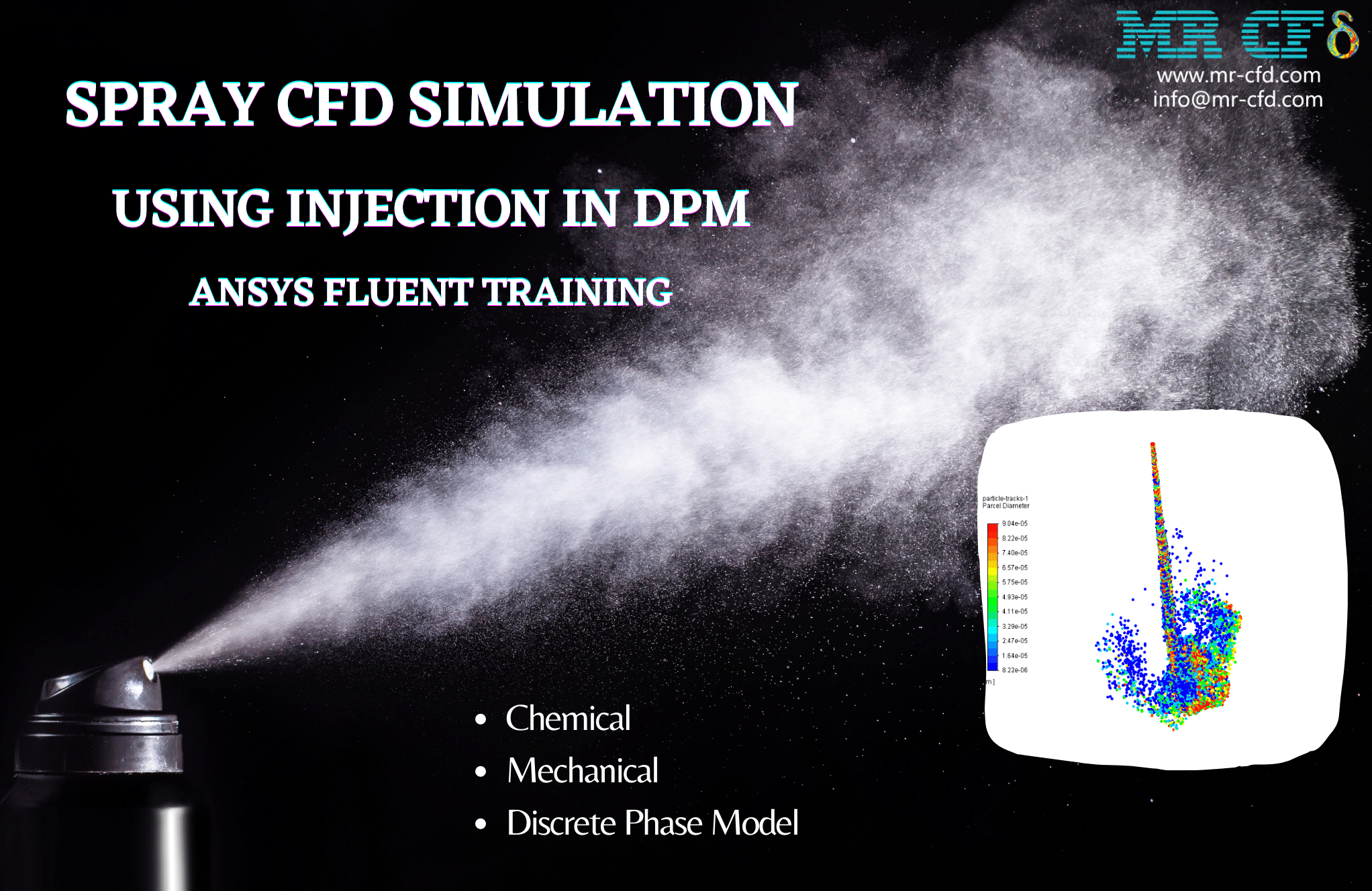
Mr. Nicklaus Runolfsdottir –
Could I use the VOF package for simulating oil and water separation processes, or is it specific to air and water interactions?
MR CFD Support –
The Volume of Fluid (VOF) package, while demonstrating multi-phase flow for air and water in the provided examples, is a versatile tool and can indeed be used for simulating the separation of other fluids, such as oil and water. The principles and methods you learn with this package should be adaptable for such applications.
Berniece Beer –
Is this VOF training package suitable for someone with a basic understanding of fluid mechanics but no prior experience with CFD?
MR CFD Support –
Yes, the VOF training package is appropriate for users with a basic knowledge of fluid mechanics but no previous experience in CFD. It’s tailored for BEGINNER users and includes step-by-step exercises to guide you through the simulation process.
Annie Brekke –
Amazing collection of VOF simulations for a newbie like me! I feel like I’ve taken the first solid step into CFD with these examples. Particularly loved the variety—from ogee spillways to injectors. Grateful for such a comprehensive pack!
MR CFD Support –
Thank you so much for your positive review! We’re thrilled to hear that the Volume of Fluid Package has been an excellent starting point for your journey into the world of CFD. We look forward to providing you with more beneficial learning materials in the future.
Natalia Treutel Jr. –
I am absolutely thrilled with my learning experience using the VOF package for beginners! The range of projects provided has given me a solid foundation in multi-phase flow simulation. The step-by-step guidance through various scenarios like spillways and free surface flows has been instrumental in strengthening my skills. The highlight has been project number 8, where sloshing effects are studied – it was fascinating to see the VOF approach in action with the dynamic movement of water. These practical examples make complex theories much more comprehensible. Thank you, MR CFD, for such a well-curated learning tool. It’s perfect for anyone new to CFD like myself!
MR CFD Support –
We’re delighted to hear that you’ve had a positive learning experience with our VOF training package for beginners! Thanks for your appreciation. MR CFD prides itself on providing practical and thorough CFD education, and we’re glad that the various projects helped you to grasp multi-phase simulation concepts effectively. We hope you continue to explore and gain more insight into CFD with our products. Your success is our motivation! If you have further questions or need more assistance, remember that our support team is always here to aid you on your journey.
Mr. Gabriel Wintheiser PhD –
The VOF package for beginners seems quite comprehensive. Does it include both theoretical explanations as well as practical exercise files for software practice?
MR CFD Support –
Yes, the package is designed to provide a solid foundational understanding of the principles behind Volume of Fluid (VOF) modeling as well as offer hands-on experience. It includes both the theoretical framework as well as practical exercise files that help in applying that knowledge in ANSYS Fluent software.
Dr. Delaney Durgan PhD –
I’ve been using the VOF training package for beginners and it has been incredibly helpful in getting to grips with multi-phase simulations. I love how diverse the projects are, covering a variety of real-case scenarios which allow me to understand both the capabilities and applications of the VOF method. The step-by-step guidance eases the learning curve, and the supplied materials are clear and informative. Highly recommended for anyone starting in CFD!
MR CFD Support –
Thank you for your kind words! It’s wonderful to hear that our Volume of Fluid (VOF) training package has been so beneficial for you. We take pride in crafting our learning products to support beginners with comprehensive examples and thorough guidance. Your success is our goal, and we’re delighted to have helped facilitate your learning journey in multi-phase CFD simulation. Keep up the great work, and don’t hesitate to reach out if you need further assistance or have more to learn!
Jeffrey Roberts –
I really enjoyed learning the basics of the VOF approach through these projects, especially how different geometries influence water flow behavior. Everything was explained clearly and the step-by-step structure was very helpful for my understanding. I’m curious if there are similar advanced packages available after I finish this one?
MR CFD Support –
We’re delighted to hear that you found our Volume of Fluid (VOF) training package for beginners helpful! Yes, MR CFD offers advanced packages that delve deeper into the VOF approach and tackle more complex simulations. These packages will build on the foundational knowledge you’ve acquired and introduce you to new challenges. We recommend checking out our selection of intermediate and advanced training products tailored to further develop your skills in multi-phase CFD simulation.
Roberta Feeney –
I’ve learned so much about VOF simulations from this package, and the sequence of projects feels thoughtfully curated for beginners like me. With each progressive project, I felt my confidence in tackling multi-phase simulation challenges growing. The provided examples really demonstrated the versatility of VOF in solving a wide array of real-world examples, from simple waterfalls to complex injectors. I was impressed by the clarity of the descriptions and the practical applications illustrated in each tutorial.
MR CFD Support –
We are thrilled to hear that our Volume of Fluid (VOF) package for beginners has delivered such a valuable learning experience to you. It is great to know that the progressiveness of the cases enhanced your skills and provided a wide perspective on the application of this simulation technique. Thank you for your kind words, and we look forward to assisting you further in your CFD learning journey!
Sharon Lowe –
I enjoyed going through the Volume of Fluid VOF learning package for beginners. The step-by-step approach and practical examples greatly aided my understanding of multi-phase flow simulations. The variety of projects, from spillways to injectors, provided diverse learning opportunities, and the coverage of turbulence models was very instructive.
MR CFD Support –
Thank you for your positive feedback! We’re thrilled to hear that our Volume of Fluid (VOF) training package for beginners met your learning needs and helped you understand the complexities of multiphase flow simulations. Your success is our top priority, and we’re glad that the variety of projects enriched your experience. If you have any further inquiries or require additional learning materials, please don’t hesitate to contact us.
Shawn Koelpin –
I am pleased with the VOF package for beginners. The step-by-step cases provided an engaging and informative journey through multiphase CFD simulations. The clear cut examples especially the modeling of different spillway scenarios really helped cement my understanding of how to approach complex fluid dynamics problems. Keep up the excellent work!
MR CFD Support –
Thank you for taking the time to share your positive experience with our Volume of Fluid (VOF) training package. It’s great to hear that the step-by-step cases and range of scenarios helped you to better understand complex CFD problems. We appreciate your encouragement and are thrilled to know that you are satisfied with the learning outcomes. If you have any further comments or need assistance in future, feel free to reach out!
Jonathon Bruen –
I absolutely enjoyed the Volume of Fluid VOF Package for Beginners.Part 2! The step-by-step approach in each simulation project really helped solidify my understanding of multi-phase flows. The variety offered in scenarios from spillways to sloshing and cohesion really made me appreciate the complexity of real life applications. Thanks for such a thorough and beginner-friendly package!
MR CFD Support –
Thank you for your kind words! We’re delighted to hear that our VOF Package for Beginners, Part 2 was helpful and informative for you. Understanding multi-phase flows is indeed complex, and we’re glad our training products could make this topic more accessible. Your success is our goal, so if you have any further feedback or need assistance, don’t hesitate to reach out! We’re here to support your learning journey.
Rodrigo Haley –
The package sounds great, but I’m quite new to CFD – is the content of this package suitable for absolute beginners, or would I need some preliminary knowledge before starting with this?
MR CFD Support –
This training package is specifically designed for BEGINNER users, which means that even if you have no strong background in multi-phase CFD simulations, you should be able to follow along and learn the process effectively. It starts with fundamental concepts and guides you through practical exercises to ensure you understand how to use the VOF model for multi-phase problems in ANSYS Fluent.